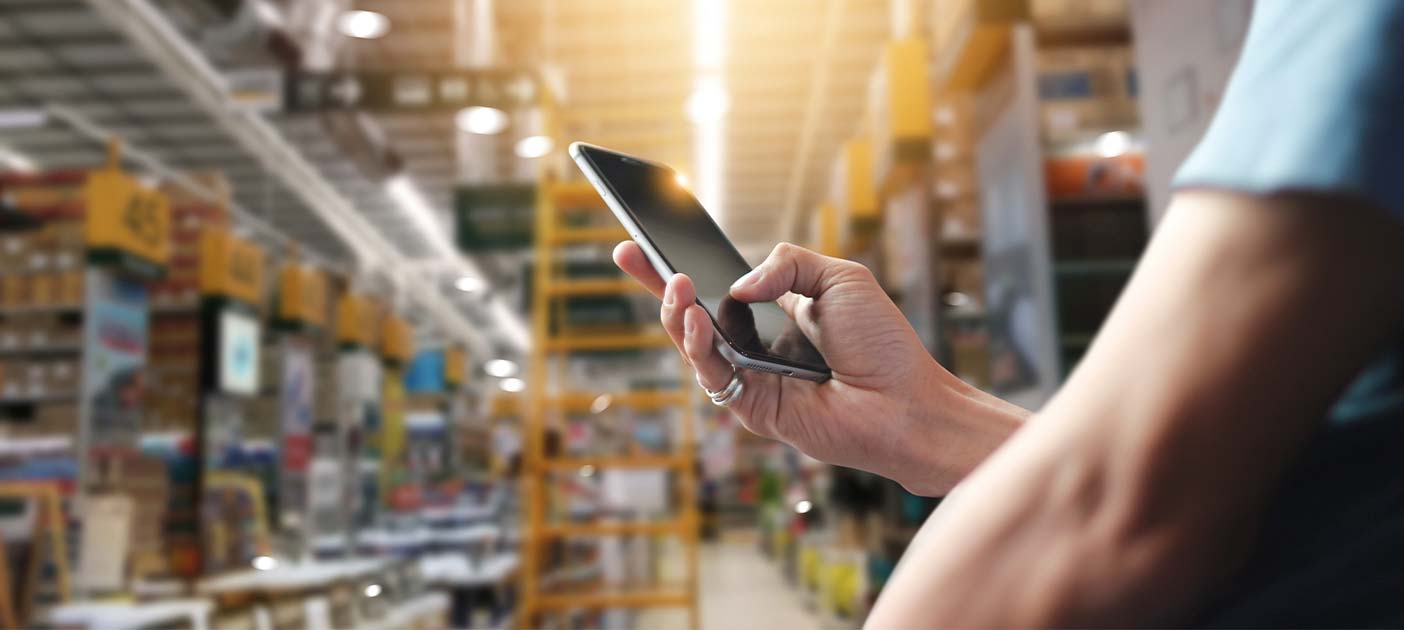The Warehouse Of The Future: No Humans Allowed
The explosive growth of ecommerce is pushing logistics players to invest in highly automated warehousing solutions.

Even as robots make the headlines by serving customers at restaurants or bringing room service items to hotel guests, they are also making a quieter, but equally significant, impact on the logistics business.
In particular, robotics is one of various technologies that are helping to automate the next generation of warehouses in order to increase speed, order accuracy and efficiency. This rise in automated storage space is in response to the global boom in ecommerce, which requires logistics solutions that can handle a high volume of small orders but up of different items.
"I think that a lot of the automation trends that we’re seeing are due to that peak and seasonal demand. Ratcheting up your fulfillment capacity to be able to meet six, seven times, and sometimes, all the way up to 20 times average demand during the peak season is crucial," said Adam Kline, director of product management at Manhattan Associates, a developer of supply chain software.
The different technologies available allow for various levels of automation - from semi-automated systems that aid human workers to almost fully automated ones. One common technology used at more warehouses and distribution centers are goods-to-person (GTP) systems, which brings the goods to the worker, rather than the worker having to pick the items manually.
“The throughput rates of GTP systems are typically quite a bit higher than traditional manual operations. This allows companies to reduce their overall operating and order fulfillment costs, while improving throughputs and service levels," said Nathan Busch, associate consulting engineer at Bastian Solutions, a material handling solutions provider, in a recent interview with trade magazine Supply & Demand Chain Executive.
One form of GTP is known as an automated storage and retrieval system (ASRS). These involve rail-guided cranes that can travel along storage aisles to store and retrieve items. There are also battery-powered shuttles that can move along aisles for pick up and storage. In more advanced versions, there are lifts at the end of each aisle that can transport the shuttle to higher levels.
There are also systems that aid workers to pick goods from a warehouse more efficiently. A "pick-to-light" system, for instance, uses lights above racks or bins to show workers where an item is and how many of it to pick. After a worker scans a barcode on a container, a light above the correct rack or bin shows the quantity to be retrieved.
Looking ahead, experts also expect more warehouse workers to be equipped with smartphone apps - rather than the clunky RF scanners currently being used. The app can give workers instructions during the picking process, making it easy even for those new to the job or temporary workers.
The most advanced warehouses now employ mobile autonomous robots that can go anywhere within the facility and indicate to workers where to pick an item from an in what quantity. The worker can then scan the item with the robot’s scanner and place it in the bin. This partnership between robots and humans enables a speedier and more productive picking process.
Meanwhile, technology companies are working on systems that will allow the robots to do the picking themselves. However, experts say that at this point, the bots are not fast or flexible enough to replace humans entirely.
In a robot picking design contest organised by Amazon last year, about half of the teams failed to score a single point. The bots also proved to be far slower than their human counterparts. While a human worker can sort about 400 items per hour with minimal errors, the best robot in the competition could only achieve a rate of about 30 sorts per hour with a 16 percent failure rate.
However, at the rate that technology is advancing, the dream of a fully automated warehouse devoid of humans can't be that far away. Start-ups are already throwing their hat in the ring. A U.S. firm Iam Robotics, for instance, is reportedly the only vendor to use a robot arm to grip goods. Its system would first 3D scan and identify the items to be picked, before dispatching a mobile robot for retrieval.
Was this information useful?
Thanks for your feedback
Subscribe to DBS BusinessClass
Stay updated with the latest market trends and industry insights, connect with a network of entrepreneurs, and gain access to exclusive event invitations. Join Asia's fastest growing business community – get your complimentary membership here.





That's great to hear. Anything you'd like to add?
We're sorry to hear that. How can we do better?